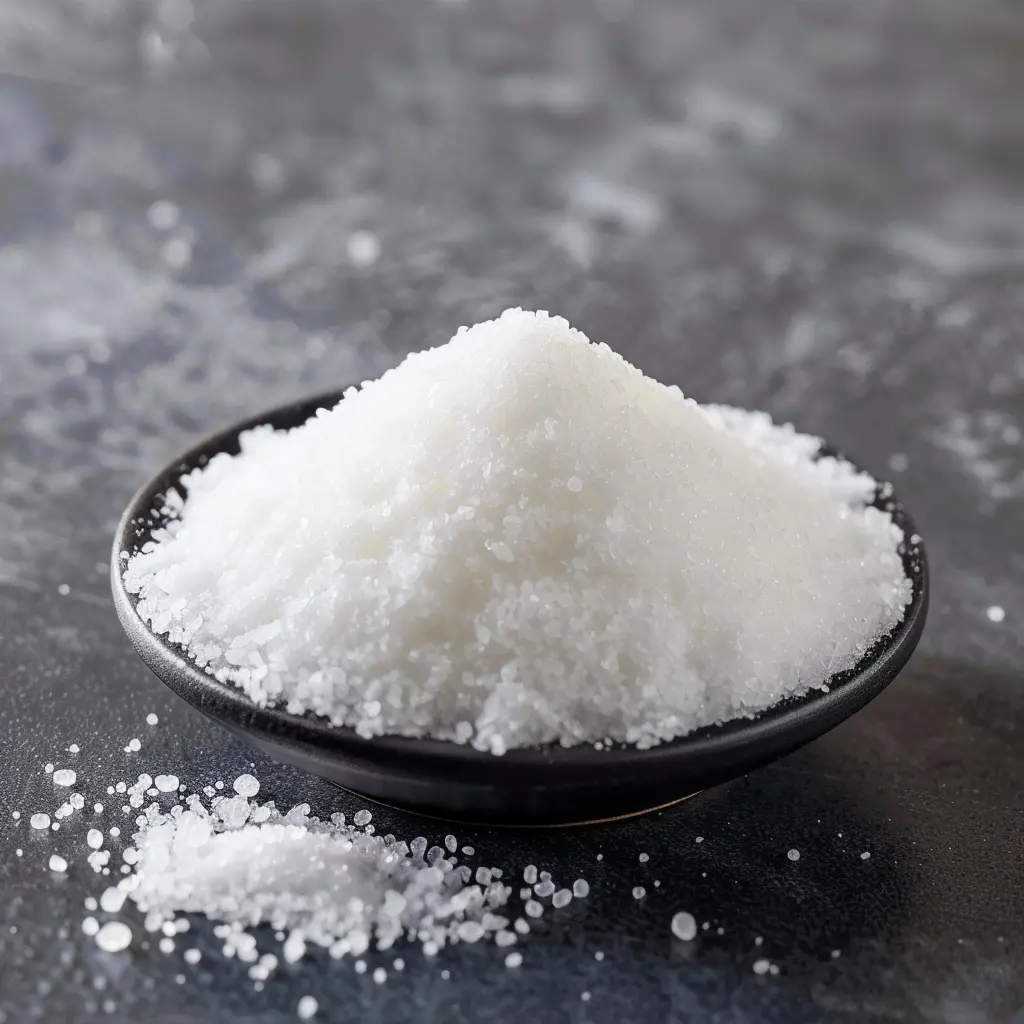Municipal wastewater treatment is a critical process in ensuring environmental protection and public health. This case study examines the application of polyacrylamide (PAM) in municipal wastewater treatment, showcasing its effectiveness in improving treatment efficiency and water quality.
Polyacrylamide is a synthetic polymer known for its high adsorption capacity and flocculation properties. In wastewater treatment, PAM plays a significant role in enhancing the sedimentation process, thereby improving the overall efficiency of filtration systems.

In a recent project, a municipal wastewater treatment facility implemented polyacrylamide as a primary flocculant. The results demonstrated a marked decrease in suspended solids and improved sludge dewatering. This case study illustrates the integration of PAM into existing treatment protocols and its impact on efficiency.
Implementing polyacrylamide has significantly optimized water treatment processes, leading to a more sustainable approach in municipal wastewater management. The results have set a benchmark for future applications of ecological materials in enhancing wastewater treatment efficiency.
.jpg)
In conclusion, polyacrylamide has proven to be an effective solution in municipal wastewater treatment, providing numerous benefits that contribute to operational efficiency. As environmental regulations continue to tighten, the adoption of innovative treatment solutions like PAM is essential for sustainable wastewater management.
CAS2.jpg)
